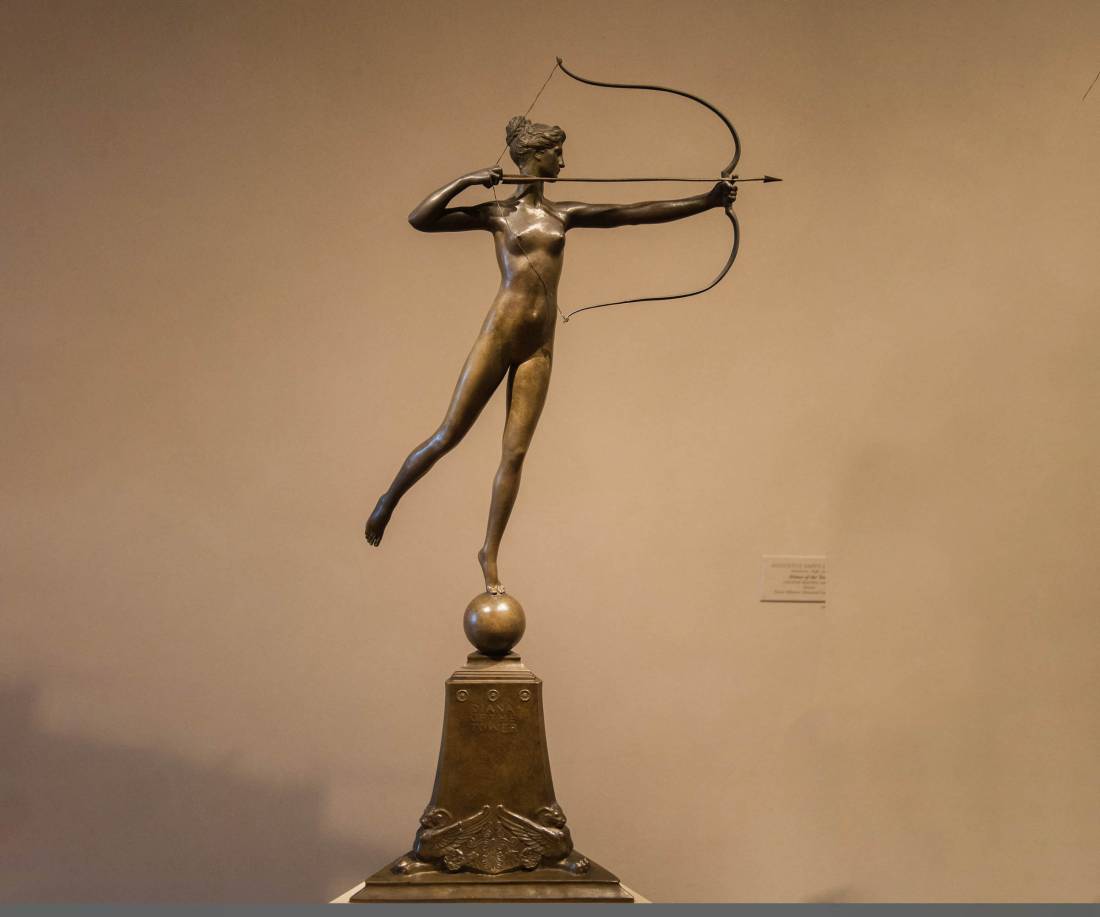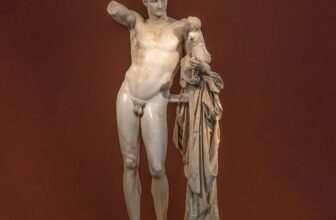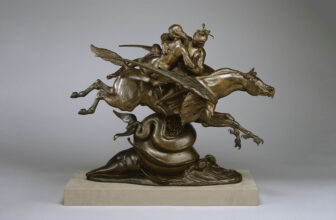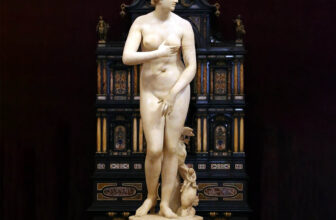
Diana of the Tower Meaning and Story Behind the Sculpture
Public monuments and sculptures often transcend their material existence, becoming powerful cultural icons that capture the imagination of generations. One such piece is Diana of the Tower, a masterpiece that has stood not only as a work of art but also as a symbol of aspiration, beauty, and timeless mythology. To understand why the Diana of the Tower sculpture remains famous, we must delve into its origins, symbolism, and the rich layers of meaning that surround it.
The Origins of Diana of the Tower
The sculpture known as Diana of the Tower was created in 1892 by Augustus Saint-Gaudens, one of the most celebrated American sculptors of the late 19th and early 20th centuries. Commissioned by architect Stanford White, the piece was originally designed to crown the tower of Madison Square Garden in New York City.
The sculpture depicts Diana, the Roman goddess of the hunt, the moon, and nature, poised with her bow as if aiming at the sky. Made of gilded copper, the sculpture shimmered with a golden luster that could be seen from afar, glistening under sunlight and moonlight alike.
At the time of its unveiling, Diana of the Tower was more than just a statue. It was considered a technical marvel, not only for its size, standing over 13 feet tall, but also for its grace and the way it merged classical mythology with modern urban identity.
What Is the Meaning of Diana of the Tower?
At its core, Diana of the Tower represents the timeless pursuit of perfection, elegance, and aspiration. Diana, as the goddess of the hunt, was known for her independence, purity, and fierce strength. She embodies the human desire to aim high, both literally and metaphorically.
Placed atop Madison Square Garden, she was not simply an ornament but a beacon of culture and sophistication. For New Yorkers at the turn of the 20th century, she was a sign that the city was no longer just an industrial hub but a center of art, ambition, and world-class architecture.
Thus, the meaning of the sculpture extends beyond mythology, it reflects a society striving toward refinement, an urban culture positioning itself among the great cities of the world.
What Does the Diana of the Tower Sculpture Represent?
The sculpture’s representation is layered, blending mythological symbolism with civic pride:
Mythological Representation
Diana was associated with the hunt, the moon, and chastity. In Roman tradition, she was also a protector of women and a symbol of strength in solitude. Saint-Gaudens’ sculpture captures her mid-action, bow drawn, suggesting readiness, precision, and focus. She is not passive but an active force, embodying energy and vitality.Urban Representation
For New York, the statue symbolized ambition. Placed on top of Madison Square Garden’s tower, she was the tallest statue in the city for a time, towering over the streets below. She became a kind of urban guardian, presiding over the chaos of modern life with poise and dignity.Cultural Representation
At a time when America was still seeking its cultural identity, Diana of the Tower became a statement that the country was capable of producing art equal to that of Europe. The goddess’s golden form spoke to modern American ideals, youth, vigor, and achievement.
The Symbolism of Diana of the Tower
The sculpture brims with symbolic meanings that resonate even today.
1. The Bow and Arrow
Diana’s bow represents precision, intention, and purpose. She is forever caught in the act of aiming, suggesting the eternal human condition of striving for goals just beyond reach.
2. The Nude Form
The goddess’s nude figure symbolizes purity, strength, and beauty in its most natural form. Unlike mere sensual depictions, Saint-Gaudens’ Diana radiates divine power rather than vulnerability, emphasizing the strength of the female form.
3. The Tower Placement
Elevated on a tower, Diana symbolized human aspiration toward the heavens. Her lofty position embodied ideals of transcendence, reminding viewers of humanity’s connection to both earthly endeavors and celestial ambition.
4. The Gold Surface
Gilded in gold leaf, Diana became a shining presence in the skyline. Gold has always symbolized divinity, immortality, and triumph. Seen from miles away, she was both a guiding star and a visual metaphor for the city’s golden age.
Why Is the Diana of the Tower Sculpture Famous?
Several factors explain the sculpture’s fame and enduring legacy:
1. Artistic Mastery
Augustus Saint-Gaudens was among the greatest sculptors of his generation. His ability to merge classical tradition with modern execution made Diana a work of both beauty and innovation.
2. Architectural Integration
Unlike standalone monuments, Diana was designed as part of Madison Square Garden’s architecture. This integration of sculpture with a building’s design was groundbreaking at the time, elevating both the structure and the artwork.
3. Visibility and Grandeur
Standing over 300 feet above street level, she was visible from all around the city. At night, illuminated by electric lights (a relatively new technology), she became one of New York’s earliest night-time icons.
4. Cultural Symbolism
Diana captured the spirit of her era. For a city bursting with ambition, she was an emblem of progress, beauty, and resilience.
5. Historical Drama
The statue’s history is as dramatic as its presence. The first version of Diana, built in 1891, was too large and had to be replaced with a smaller version in 1893. The first was eventually lost, while the second became even more celebrated. These stories added intrigue and narrative depth to her fame.
Where Is Diana of the Tower Located Today?
Though originally created for Madison Square Garden, the fate of Diana of the Tower changed after the demolition of the building in 1925. Fortunately, the sculpture survived and found a new home.
Today, the statue resides at the Philadelphia Museum of Art, where it continues to attract thousands of visitors each year. Displayed prominently, she is no longer a fixture of New York’s skyline but instead a treasured piece of America’s artistic heritage.
At the museum, Diana is appreciated not only as a relic of New York’s past but also as a masterpiece in its own right, allowing audiences to engage with her beauty and symbolism up close.
The Enduring Legacy of Diana of the Tower
Even more than a century after her creation, Diana of the Tower continues to inspire. Her story reminds us of the role public art plays in shaping civic identity and cultural memory. While she no longer watches over New York from her lofty perch, her presence in Philadelphia ensures that she remains preserved for future generations.
The sculpture also raises timeless questions: What do we aim for? What ideals guide us? Like Diana’s bow forever drawn toward the heavens, humanity too continues its pursuit of higher aspirations, beauty, and meaning.
The Diana of the Tower sculpture is more than a gilded goddess. She is a symbol of ambition, an emblem of beauty, and a reminder of how art can embody the spirit of an age. From her creation by Saint-Gaudens to her prominent place in Philadelphia today, Diana remains a cultural icon.
Her symbolism of strength, independence, and aspiration continues to resonate. As both a mythological figure and a modern masterpiece, Diana of the Tower endures not just as a sculpture but as a beacon of human aspiration, forever aiming toward the sky. image/ wikimedia




